7 Divorce Movies to Watch After Marriage Story
In Noah Baumbach’s Marriage Story—which, after months on the festival circuit, began its brief, pre-Netflix theatre run this month—the director-screenwriter examines how the narrative of a partnership is rewritten by divorce, conjuring two distinct sets of heroes and villains where there may well be none at all. It’s a tremendous achievement for Baumbach, who coaxes from Scarlett Johansson (as Nicole Barber) and Adam Driver (as Charlie Barber) performances that address all the rage, humility, humor, and tenderness that color a union’s painful end.
Marriage Story takes its place in a long line of films that have made divorce—or, at least, the fallout from falling out of love—their focus. As divorce rates rose in the 1970s and 1980s, set off by the same shifting social mores that fueled Women’s Lib, Hollywood reacted in kind, trading simpering visions of American domesticity for lively portraits of familial distress. Yes, there’s a line to be drawn from Marriage Story to The Squid and the Whale, from 2005, which deals with Baumbach’s parents’ separation, but one can’t reasonably discuss divorce in the movies without mentioning either 1979’s Kramer vs. Kramer, with Dustin Hoffman and Meryl Streep, or Ingmar Bergman’s punishing Scenes from a Marriage (1973), to which Baumbach slyly alludes with a magazine clipping at Nicole’s mother’s house.
All three help to round out our list of the most moving, carefully observed, and darkly funny films about divorce ever made, but take your time cuing them up. After seeing Adam Driver belt out “Being Alive,” we’d understand if you’re still in a fragile state.
Kramer vs. Kramer (1979)
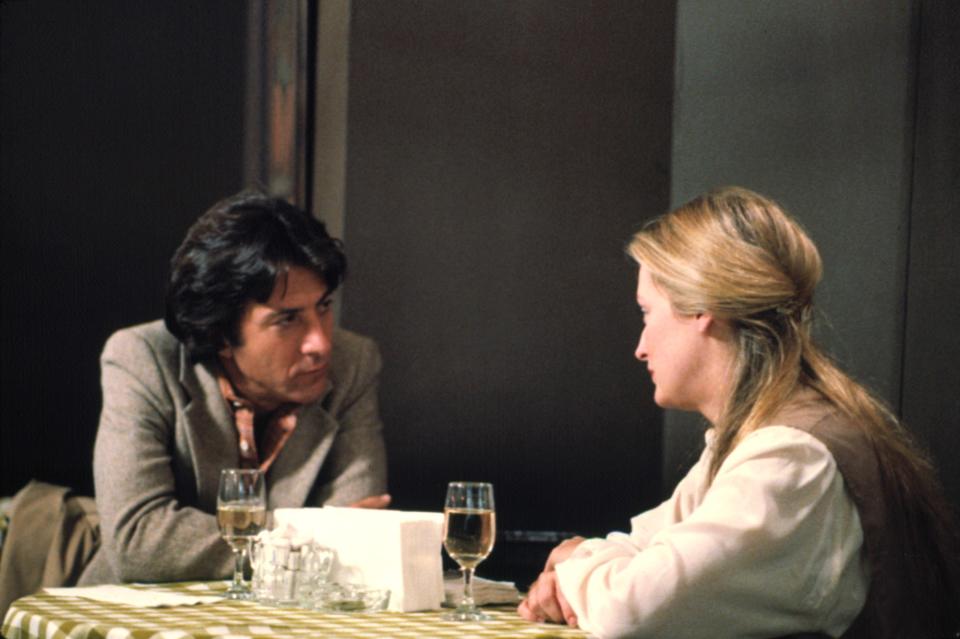
KRAMER VS. KRAMER, Dustin Hoffman, Meryl Streep, 1979. (c) Columbia Pictures/ Courtesy: Everett Coll
“Kramer vs. Kramer wouldn’t be half as good as it is—half as intriguing and absorbing—if the movie had taken sides,” Roger Ebert observed in 1979. Helmed by director and screenwriter Robert Benton, who based his script on Avery Corman’s 1977 novel, the film instead established two characters, Ted (Dustin Hoffman) and Joanna (Meryl Streep), with a great deal to learn: Joanna about herself (which she does largely offscreen), and Ted about being a father. (Three food scenes—two with French toast, one with ice cream—help to chart his progress with their young son, Billy, played by Justin Henry.)
An instant dramatic classic, Kramer vs. Kramer swept the 1980 Academy Awards, nabbing Best Picture, Best Director, Best Actor (for Hoffman, his first), Best Supporting Actress (for Streep, her first), and Best Adapted Screenplay.
Shoot the Moon (1982)
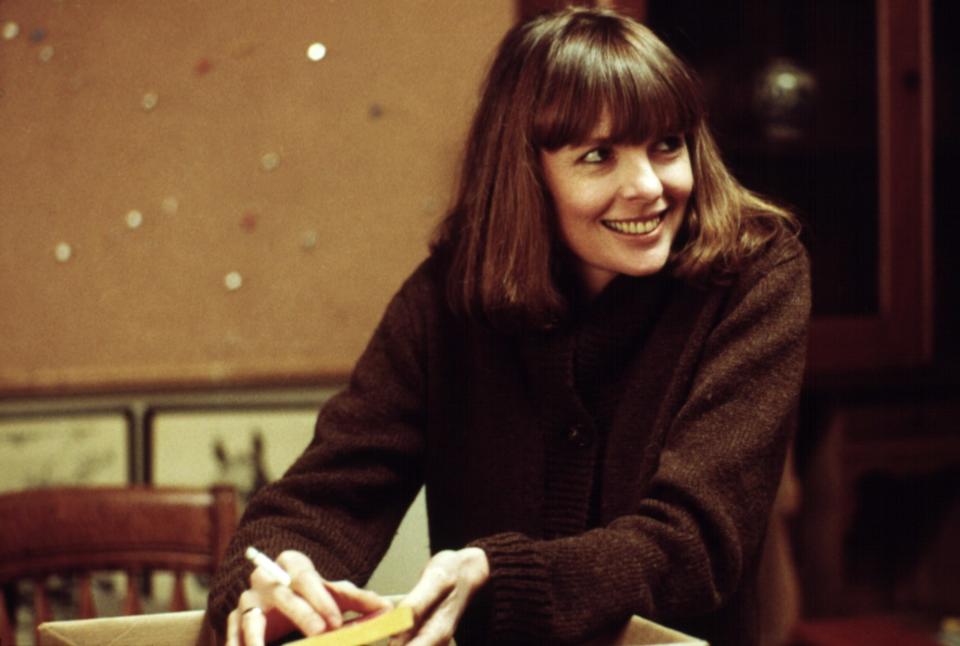
SHOOT THE MOON, Diane Keaton, 1982, (c) MGM/courtesy Everett Collection
In Alan Parker’s Shoot the Moon, one of this list’s more dramatic entries, Albert Finney and Diane Keaton are Mr. and Mrs. Dunlap, a writer and his wife trying (and often failing spectacularly) to “be grown-up” about breaking up. Marin County, California—watery and remote—is the setting as Finney and Keaton hurtle from pained resentment to jealousy, lust, and the bitterest, most violent anger. In the role of Sherry, the Dunlaps’ all-knowing eldest daughter, Dana Hill is also searing. “The characters in Shoot the Moon, which was written by Bo Goldman, aren’t taken from the movies, or from books, either. They’re torn—bleeding—from inside Bo Goldman and the two stars,” wrote Pauline Kael in her effusive review for the New Yorker.
Scenes from a Marriage (1973)
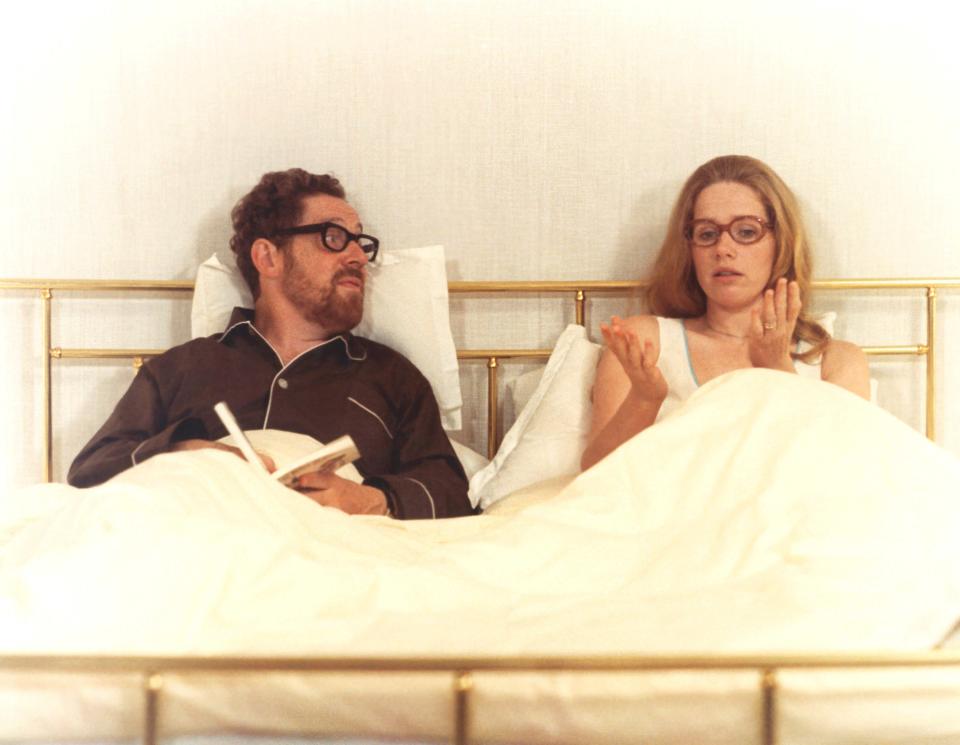
SCENES FROM A MARRIAGE, from left: Erland Josephson, Liv Ullmann, 1973
In 1973, Scener ur ett äktenskap, a six-part miniseries from the director-screenwriter Ingmar Bergman, premiered on Swedish television, with Liv Ullmann and Erland Josephson as the couple at its center. Cut for theatrical release in both Sweden and the United States a year later, it traces in devastating detail the contours of a 20-year relationship (the action starting a decade in): contentment, indiscretions, divorce, remarriage, clandestine reconciliation, and all.
For Bergman, Kim Davies notes on Bright Wall/Dark Room, Scenes from a Marriage feels almost light: “Discussion of God is kept to a minimum, death hardly makes an appearance let alone receives a screen credit, and the deep questions of life are shunted in favor of the immediate questions of life—who is going to tell their parents about the breakup? Which of them will be paying for their daughter’s school trip? Will Johan stay the night or just for dinner?” Yet the discussions that it conjures wield a profound weight of their own, demonstrating what rich and urgent drama can be culled from the most ordinary circumstances.
A Separation (2011)
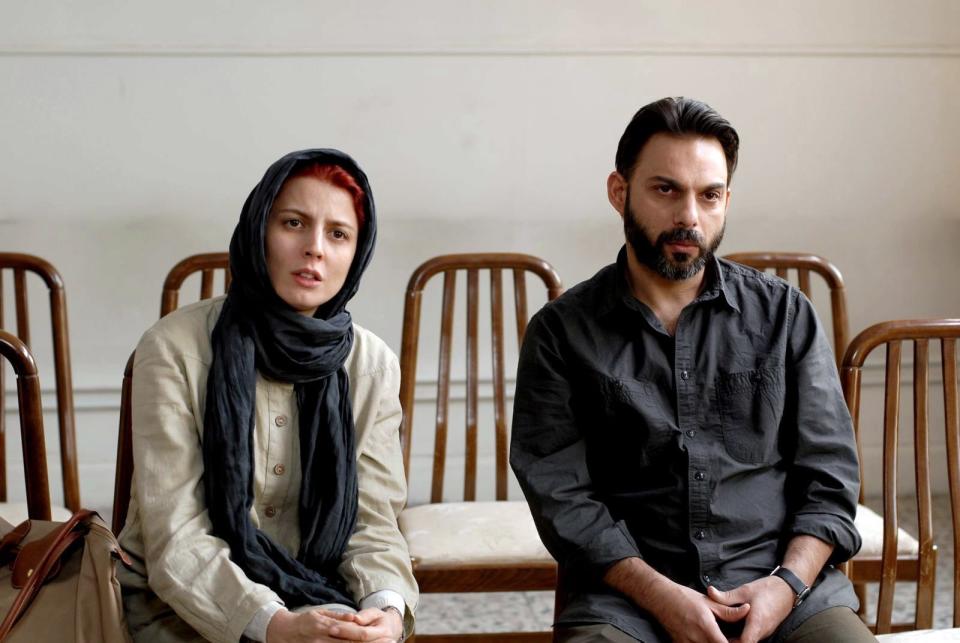
A SEPARATION, (aka NADER AND SIMIN, aka JODAEIYE NADER AZ SIMIN), from left: Leila Hatami, Peyman Mo
A Separation, from the Iranian director and screenwriter Asghar Farhadi, is about truths, mistruths, and all kinds of tests of faith, but it begins and ends with a couple at odds about how to take care of their family. While Simin (Leila Hatami) doesn’t want to raise her daughter, Termeh (Sarina Farhadi), in Iran, Nader (Peyman Moaadi), her husband, has an ailing father to look after. The trouble starts when Simin moves out, and Nader must hire an aide. Thick with cultural insights and ethical ambiguity (A.O. Scott called it “a rigorously honest movie about the difficulties of being honest”), A Separation was littered with accolades, among them the Academy Award for Best Foreign Language Film in 2012.
An Unmarried Woman (1978)
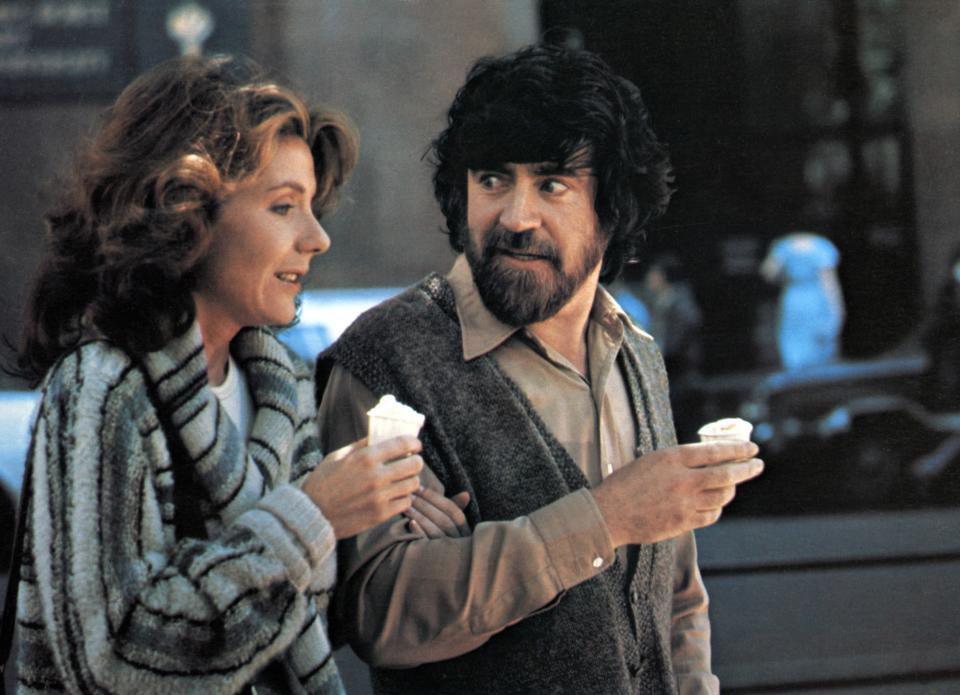
AN UNMARRIED WOMAN, Jill Clayburgh, Alan Bates, 1978. TM and Copyright © 20th Century Fox Film Corp.
In Paul Mazursky’s An Unmarried Woman, Jill Clayburgh plays Erica Benton, a chic Manhattan wife sloughed off by her cheating husband (Michael Murphy). Yet as hurt gives way to cautious curiosity (and psychoanalysis), Erica begins to reacquaint herself with the pleasures of singledom, taking comfort in her friends, her daughter (Lisa Lucas), and a handsome artist named Saul (Alan Bates). Of Clayburgh, who, for a generation of New York women, became a kind of icon of independent femininity, Janet Maslin wrote in 2010 that she “didn’t have the tics of Diane Keaton, the steel of Jane Fonda, the feistiness of Sally Field, the uncanny adaptability of Meryl Streep. She simply had the gift of resembling a real person undergoing life-altering change. In her signature role, that was enough.”
Note: For an excellent (and very seventies) double-feature, pair An Unmarried Woman with Alan J. Pakula’s Starting Over (1979). As Phil Potter, a writer, Burt Reynolds makes a charming romantic lead, caught between his neurotic new paramour (Clayburgh) and estranged wife (a riotously funny Candice Bergen).
The Squid and the Whale (2005)
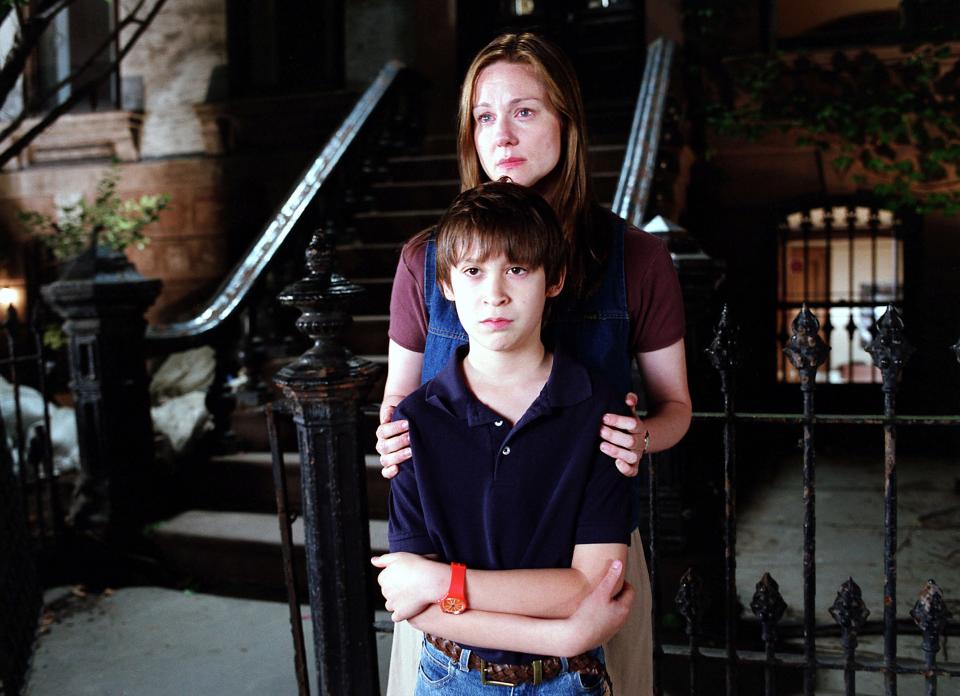
THE SQUID AND THE WHALE, Laura Linney, Owen Kline, 2005, (c) Samuel Goldwyn/courtesy Everett Collect
“Two contrasting things kept me from writing this story,” Noah Baumbach said of his wonderfully wry The Squid and the Whale in 2009; “on the one hand, everyone deals with divorce—it’s too universal. On the other, it’s too specific to my family, and won’t resonate beyond that. Unconsciously, at some point I just let go and thought, Let’s see what happens.” Starring Jeff Daniels and Laura Linney as the sparring, intellectual parents to two adolescent sons (Jesse Eisenberg and Owen Kline), The Squid and the Whale responds to some of Baumbach’s own experiences as a product of divorce in the 1980s. But yet, much like Kramer vs. Kramer, the film refuses to choose between Mr. and Mrs. Berkman, looking instead to how their boys, Walt and Frank, negotiate confused allegiances of their own.
Heartburn (1986)
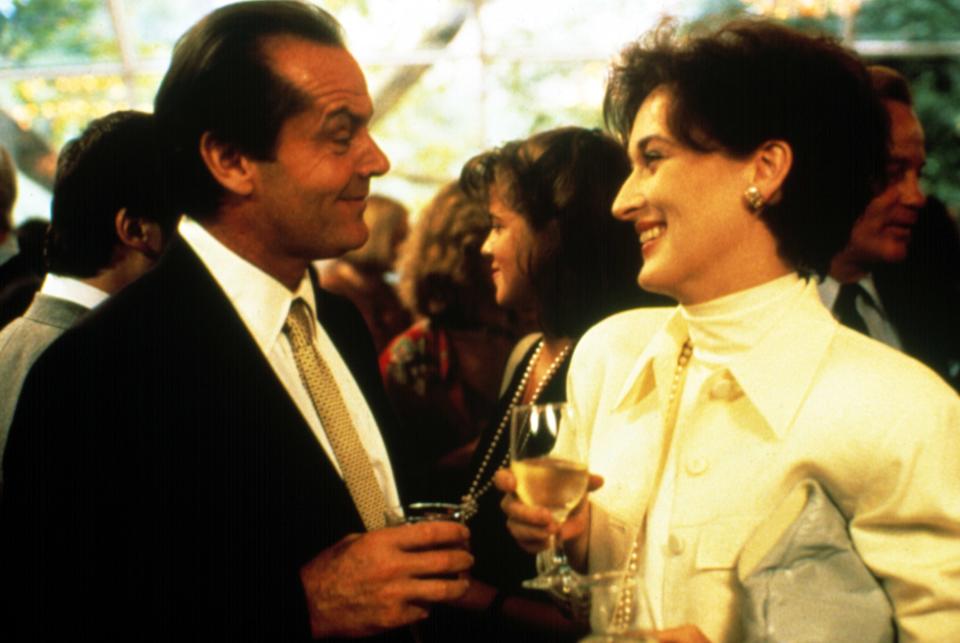
HEARTBURN, Jack Nicholson, Meryl Streep, 1986
Adapted from Nora Ephron’s eponymous 1983 novel, Heartburn recounts with certain slight modifications the events that precipitated her divorce from journalist Carl Bernstein in 1980. The film, Ephron’s second collaboration with director Mike Nichols, stars an acerbic Meryl Streep as Rachel Samstat, a food writer, and Jack Nicholson as Mark Foreman, a political columnist revealed to be having an affair.
“One day, I was sitting at the typewriter writing something else, and started writing a novel about the end of my marriage,” Ephron recalls in the 2013 documentary Makers: Women Who Make America. (She died in 2012.) “I’m really not interested in women as victims; so one of the things I like about Heartburn is that it is basically: Look what happened to me, and guess what? I get to have the last laugh because I get to be funny about it.”
Originally Appeared on Vogue

